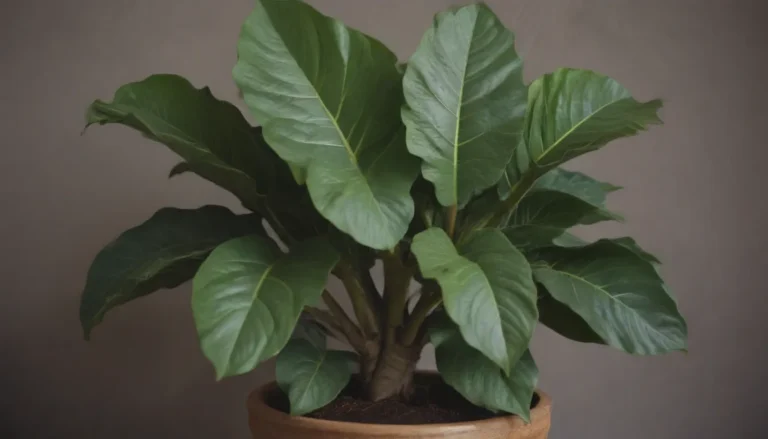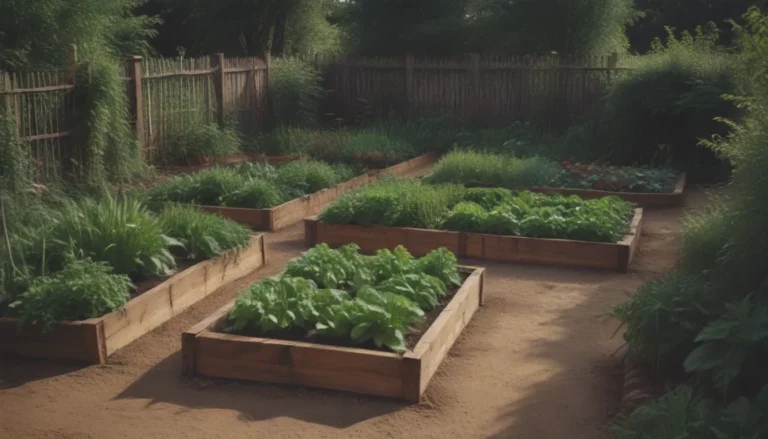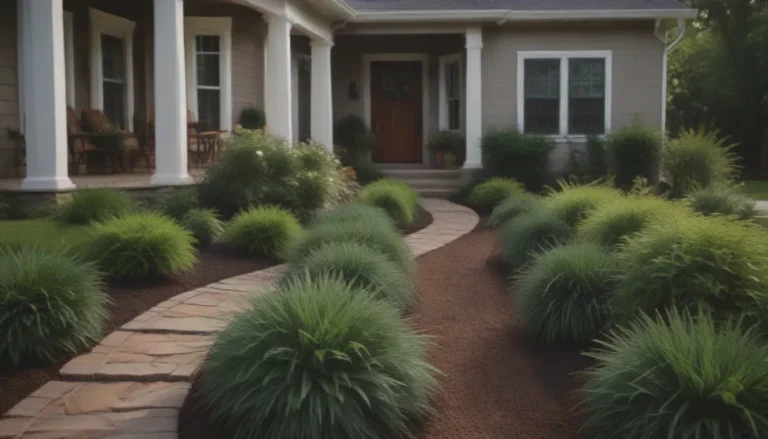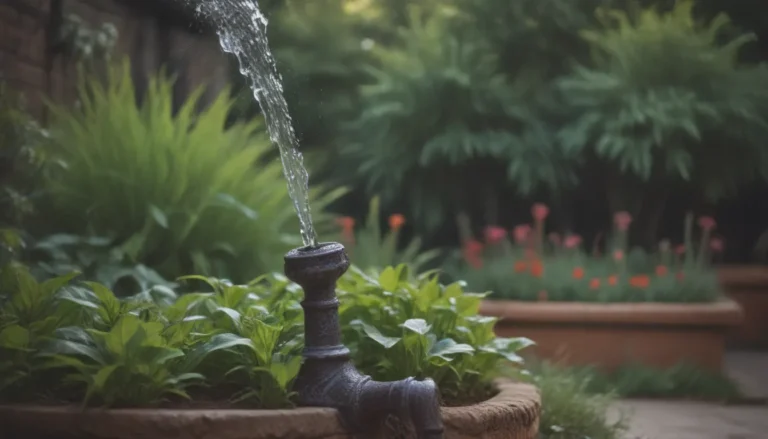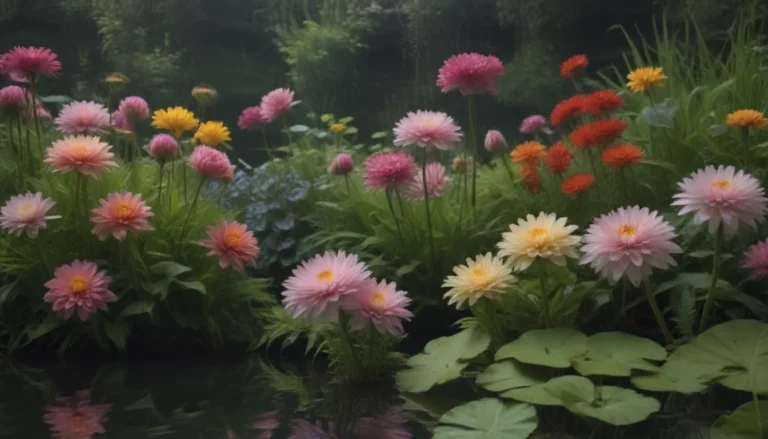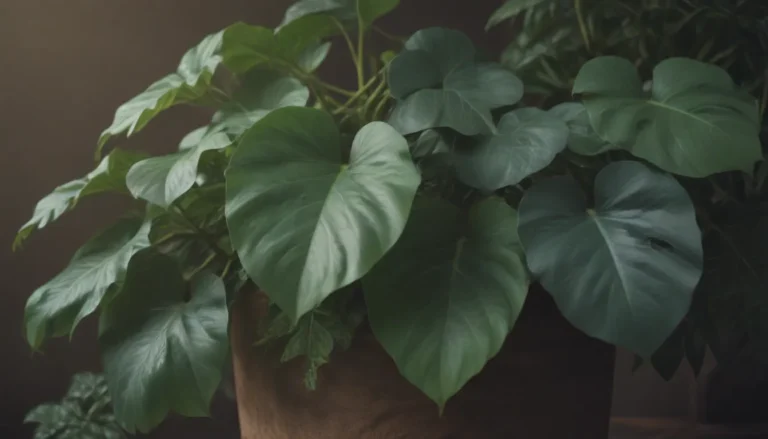The Ultimate Guide to Growing and Caring for American Hornbeam Trees
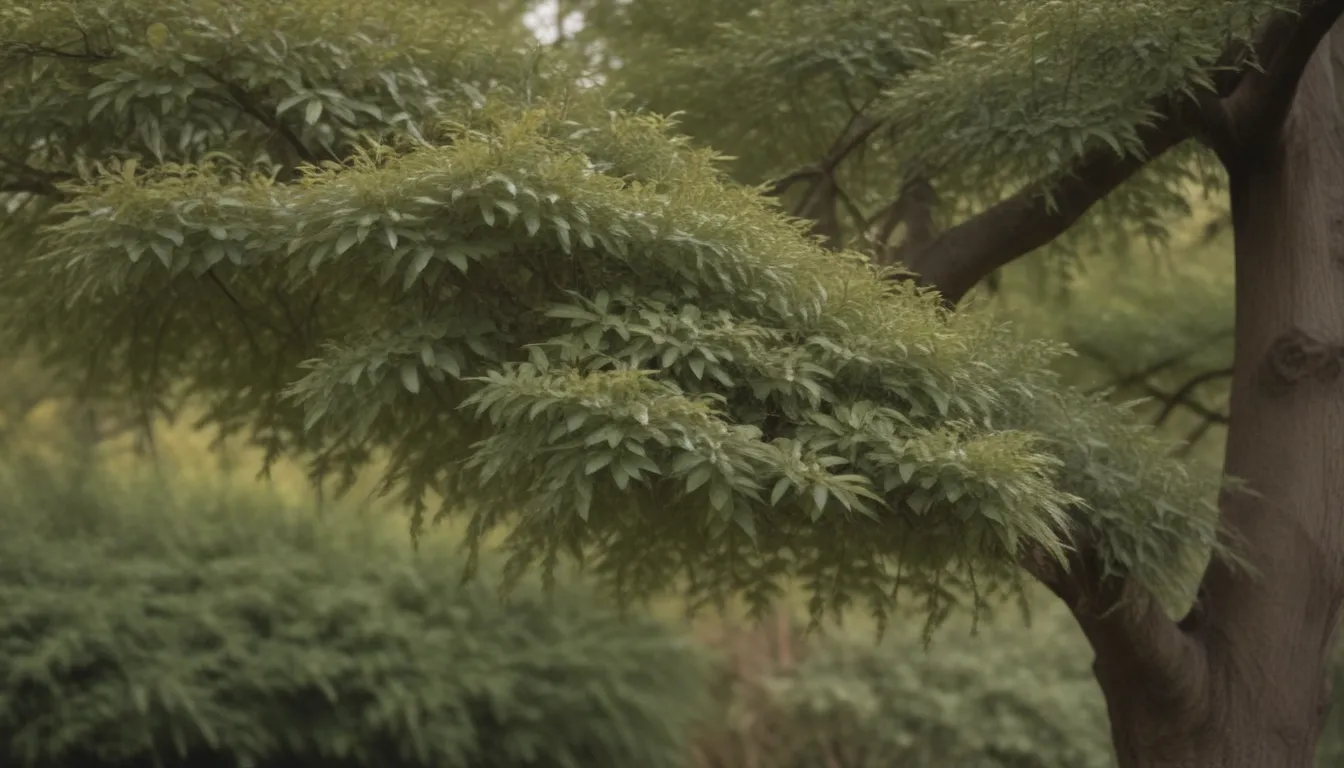
If you’re looking to add a touch of elegance and beauty to your landscape, the American hornbeam tree is an excellent choice. Known for its striking appearance and resistance to pests and diseases, this hardwood shade tree is a favorite among gardeners. In this comprehensive guide, we’ll explore everything you need to know about growing and caring for American hornbeam trees to help you successfully cultivate this stunning species in your outdoor space.
Introduction to American Hornbeam Trees
The American hornbeam, scientifically known as Carpinus caroliniana, is a deciduous hardwood tree native to eastern North America. Belonging to the Betulaceae (birch) family, this tree has earned several nicknames, including blue beech, muscle beech, water beech, muscletree, musclewood, and ironwood. Its unique fluted trunk and branches, reminiscent of muscle tissue, give it a distinctive appearance that sets it apart from other tree species.
One of the most remarkable features of the American hornbeam is its incredibly strong wood, which is occasionally used to create tools and implements. This tree is best planted in the spring, boasting a slow growth rate of approximately one foot per year. During the summer, it produces dark green leaves that transition to a variegated orange hue in the fall, creating a dazzling display of colors. In winter, the tree’s blue-gray bark offers a beautiful contrast against the snow in colder climates.
With its medium size and resilience to most pests and diseases, the American hornbeam is an excellent addition to any landscape. Whether you’re a seasoned gardener or a novice plant enthusiast, caring for this tree is a rewarding experience that will enhance the beauty of your outdoor environment.
American Hornbeam Care Tips
To ensure your American hornbeam tree thrives and flourishes throughout the year, it’s essential to provide proper care and maintenance. Here are some valuable tips to help you nurture your hornbeam tree effectively:
Planting Considerations:
– Choose an ideal spot that offers sufficient space for the tree to grow to its mature size without crowding neighboring plants.
– Consider starting your American hornbeam tree from seed on-site or purchasing a young tree from a reputable nursery.
– This species is highly adaptable but requires regular watering to establish strong roots and withstand dry conditions.
Light Requirements:
– American hornbeams thrive in partial to full shade but can also tolerate full sun.
– Ideally, this tree should receive around four to six hours of sunlight per day to support healthy growth.
Soil Conditions:
– Hornbeams prefer fertile, moist, well-draining soil with an acidic to neutral pH level.
– While they can tolerate some clay soil, loamy soil is best for optimal growth.
– Ensure proper soil drainage to prevent slow growth rates.
Watering Routine:
– During dry spells, provide regular watering to your hornbeam tree to maintain soil moisture levels.
– Consider installing drip irrigation for summer maintenance and deep soak the tree once a week in hot, dry weather.
– Mulching around the tree’s roots helps retain moisture and support healthy root development.
Temperature and Humidity:
– American hornbeams can thrive in a wide range of climates, from Canada to Florida.
– Adequate humidity levels are essential for optimal growth, particularly in drier climates.
Fertilization Needs:
– In general, American hornbeam trees do not require regular fertilization.
– If the tree is surrounded by turf grass, it may benefit from supplemental fertilization to support growth.
By following these care tips and providing your American hornbeam tree with the necessary conditions, you can enjoy its beauty and benefits for years to come.
Types of American Hornbeam Trees
In addition to the traditional Carpinus caroliniana species, there are several cultivars of American hornbeam trees that offer slightly different appearances:
- Carpinus caroliniana ‘J.N. Upright’
- Carpinus caroliniana ‘JFS-KW6’
- Carpinus caroliniana ‘CCSQU’
Each cultivar has unique characteristics that may appeal to different preferences, providing options for gardeners seeking specific traits in their landscape.
Pruning Techniques for American Hornbeam Trees
Proper pruning is essential to maintain the health and structure of your American hornbeam tree. Here are some key pruning tips to help you care for your hornbeam effectively:
- To encourage a single-trunk growth pattern, prune your hornbeam tree to have only one central leader.
- Regularly remove dead or diseased branches to promote healthy growth.
- Consider pruning your hornbeam tree to create a formal hedge or living fence for added privacy in your outdoor space.
- Be consistent with pruning to maintain the desired shape and structure of the tree.
By implementing these pruning techniques, you can ensure that your American hornbeam tree remains healthy, visually appealing, and well-maintained throughout its lifespan.
Common Pests and Diseases
While the American hornbeam tree is highly resistant to pests and diseases, there are some issues to be aware of to ensure the tree’s long-term health:
- Cankers, or dead sections on the bark or branches, can develop on hornbeam trees if not properly maintained.
- Leaf scorch or leaf spots may occur under certain conditions, requiring attention and care.
- Insects such as maple mealybugs and two-lined chestnut borers can potentially impact the health of hornbeam trees.
By monitoring your tree regularly, providing proper maintenance, and addressing any issues promptly, you can help protect your American hornbeam tree from common pests and diseases and promote its overall well-being.
In Conclusion
The American hornbeam tree is a versatile and visually stunning addition to any landscape, offering beauty and resilience in various environmental conditions. By following the care tips and guidelines outlined in this comprehensive guide, you can successfully grow and nurture your hornbeam tree to enjoy its unique characteristics and benefits for years to come.
Whether you’re a seasoned gardener looking to enhance your outdoor space or a novice plant enthusiast exploring new possibilities, the American hornbeam tree is a wonderful choice that will undoubtedly enrich your surroundings. With proper care, attention to detail, and a love for nature, you can cultivate a thriving and majestic American hornbeam tree that will stand the test of time and bring joy to your outdoor environment.
Remember, gardening is a journey of discovery and growth, both for your plants and yourself. Embrace the process, experiment with different techniques, and enjoy the beauty that the American hornbeam tree brings to your life and landscape.
Happy gardening! 🌿
In conclusion, cultivating and caring for American hornbeam trees is a rewarding experience that can enhance the beauty of any landscape. By following the tips and guidelines provided in this comprehensive guide, you can successfully grow and nurture these unique trees to enjoy their stunning appearance and resilience for years to come. Whether you’re a seasoned gardener or a novice plant enthusiast, the American hornbeam tree offers a wealth of benefits and joy to your outdoor environment. So, roll up your sleeves, get your hands dirty, and embark on a delightful journey of gardening with the remarkable American hornbeam tree by your side.
